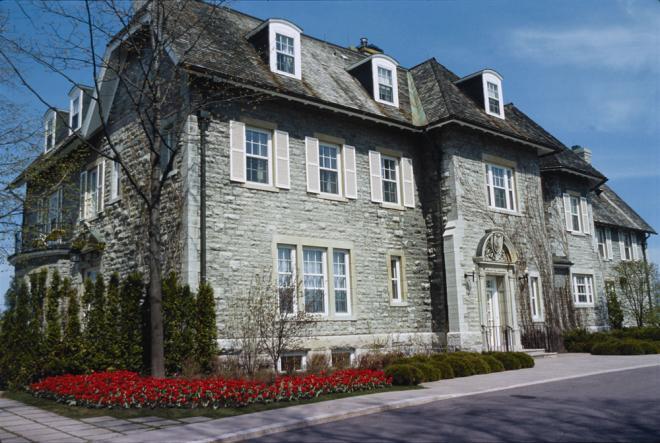24 Sussex: Most Canadians say political cowardice is the reason why PM’s official residence continues to crumble
As the National Capital Commission prepares to begin abatement work on 24 Sussex Drive this spring, the future of the prime minister’s official residence – not occupied by one since 2015 – is in serious doubt.
The federal government has yet to decide what to do with the dilapidated dwelling of the prime minister. However, new data from the non-profit Angus Reid Institute finds half of Canadians (50%) oppose renovating 24 Sussex at the estimated cost of $36 to $38 million. Still, a plurality (41%) believe that to be the best solution, while a further third (33%) say it’s best to knock it down and build a modern home and office for the prime minister.
Amid the high costs of maintaining official residences, some of which date back to confederation, there appears to be little appetite among Canadians for taxpayers to fund homes for political figures other than the prime minister.
Seven-in-ten (69%) believe the government should foot the bill for a house for the prime minister, but fewer believe the governor general (39%), leader of the opposition (25%), or the speaker of the house (19%) should receive publicly funded housing. Though not as significant as the bill for 24 Sussex, all of the official residencies for those positions also currently have seven-figure deferred maintenance costs hanging over them.
Perhaps the biggest barrier to the required renovations has been fear of political fallout. Two-thirds (64%) of Canadians believe this to be the case, saying recent federal governments have failed to maintain the prime minister’s residence “because they are afraid of the public backlash.” However, just half (49%) who say federal governments let 24 Sussex fall into disrepair because they were afraid of the political consequences also say they support the renovation of the prime minster’s official residency at the estimated cost.
Opinions about renovating 24 Sussex
The official residence for Canada’s prime minister has not had a prime minister in it since 2015. Instead, since his election that year, Prime Minister Justin Trudeau and his family have been living at Rideau Cottage, a house on the grounds of Rideau Hall, the official residence of the governor general. Former Prime Minister Stephen Harper lived in 24 Sussex from 2006 to 2015, despite it already being in poor state of repair. A 2008 auditor general’s report estimated it would cost $10 million to renovate the building at the time.
When it was revealed Trudeau and his family had no interest in moving in when first elected as prime minister, several renovation reality stars offered their services to get the job done. However, a full-term majority and two successive minority governments later, 24 Sussex is still an unfixed fixer-upper and the price tag to get it up to snuff is now estimated to be at least $36.6 million. The property now has more mould, lead, and asbestos than occupants, as the last government employees vacated 24 Sussex in November due to its poor condition.
The challenge perhaps facing successive governments as 24 Sussex crumbled is the optics of spending millions on a house for a prime minister. This might be especially an issue in an era where the cost of living, and especially housing affordability, continues to be a top national concern.
Canadians are more likely to oppose than support spending $36-38 million to renovate 24 Sussex Drive. Half (50%) oppose the expenditure, including 30 per cent who do so strongly. Those who voted for the Conservatives (60%) and Bloc Québécois (60%) are stronger in their opposition than those who voted Liberal (34%) or NDP (44%).
The federal government is still working on its plan for 24 Sussex, but has not divulged any details. Some have proposed that a completely new building could be built, one with both space for official meetings, additional rooms for visiting leaders and staff, as well as the residence for the prime minister and their family. Perhaps they will even spring for central air conditioning so visiting vice presidents won’t have to sweat in the July heat. This would give the prime minister a residence with similar functionality of those of other Group of Seven countries, such as the United States, and the United Kingdom.
Read this article in its entirety on the Angus Reid Institute website.
